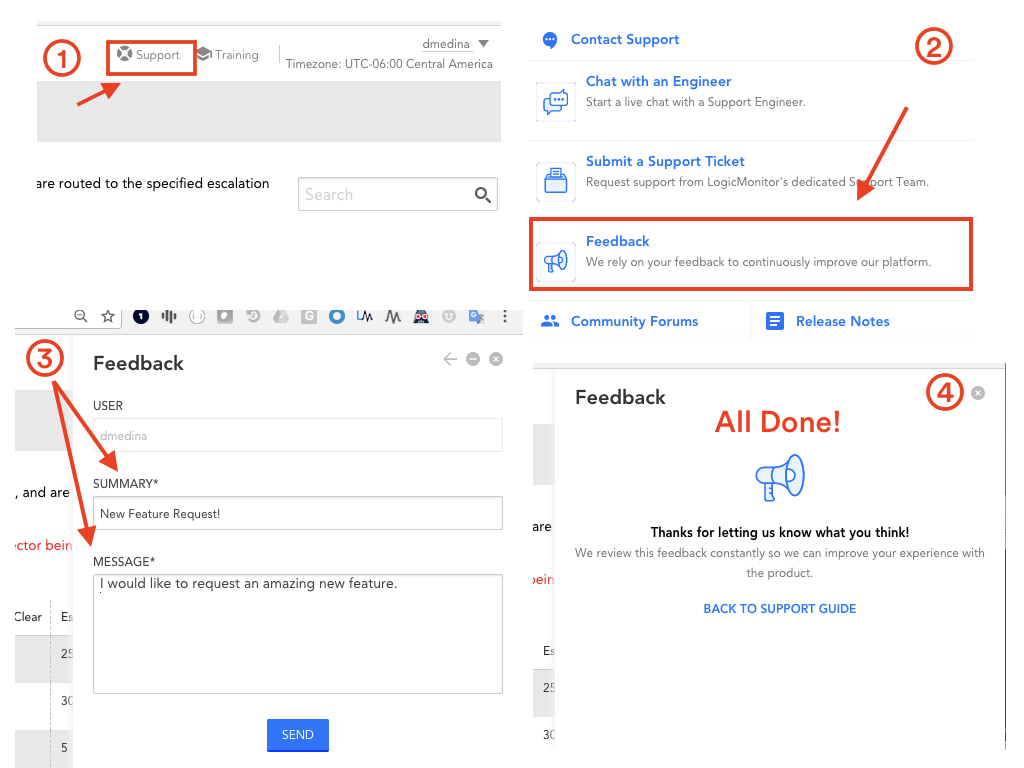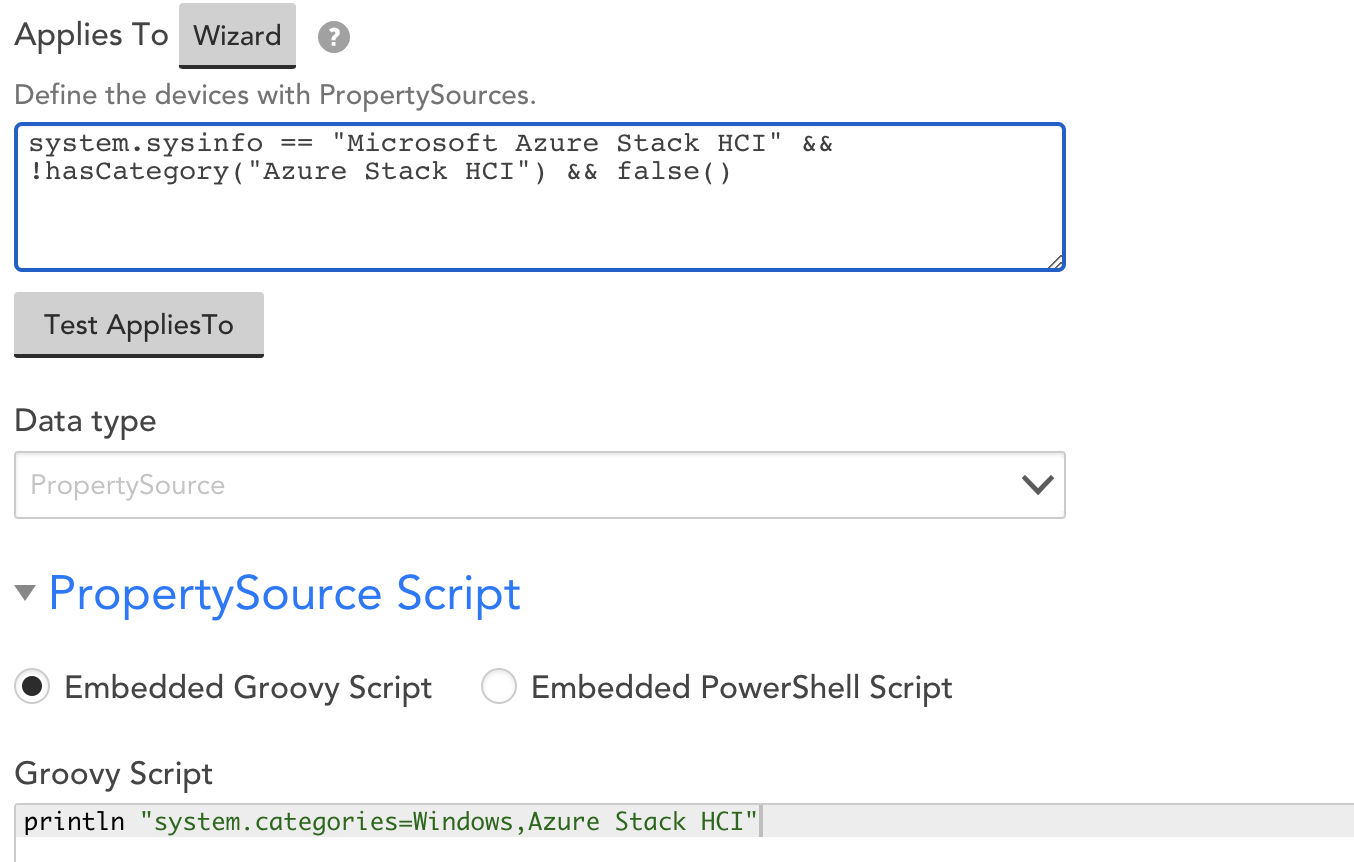 Neophyte
NeophyteAzure Stack HCI resources don't have storage, memory, disk or cluster metrics
We have a customer with an Azure Stack HCI cluster deployed a few months ago. For those not familiar, this is basically a customised Windows Server core environment that runs Hyper-V VMs and some Azure-specific workloads on-premises.
The virtualised workloads are all added as resources using a locally-deployed collector (on the Windows jumphost, if it matters) and they all show CPU, Disks, Interfaces, Processes … everything you’d expect for Windows hosts.
We’ve added the two nodes as Resources, but we don’t see any detailed metrics - only Host Status (DNS), HTTP and Ping. I also added the FQDN for the cluster management point / VNN, and it has the same minimal detail as the individual cluster nodes.
There are quite a few valid/correct properties recorded for the systems - some, for example:
- system.domain (customer AD domain)
- system.ips (all IP addresses for all interfaces)
- system.model (correctly identifies vendor and server model, presumably from WMI)
- system.sysinfo (“Microsoft Azure Stack HCI”)
- system.sysname (hostname)
- system.systemtype (“x64-based PC”)
Is there something else I need to do to have this system monitored? I’m rushing because we nearly had a CSV run out of space - we thought it was monitored, and we were wrong.
So an update, adding the string “Windows” to the category did accomplish most of what I needed. A colleague pointed out that we could also override the sysinfo property, but that seems like a surefire way to shoot ourselves in the foot later.
So the last remaining question would be “how do I flag a request to the LM team to get ‘Azure Stack HCI’ recognised as Windows automatically”? I can’t be the only one with an AzStack environment to monitor.
As what
@Joe Williams have suggested, while in LogicMonitor portal, click on Support menu > Contact Support > Feedback.Our Product team is constantly monitoring customer’s feedback and reassess market demand for this to be added to “official” LogicModules.





